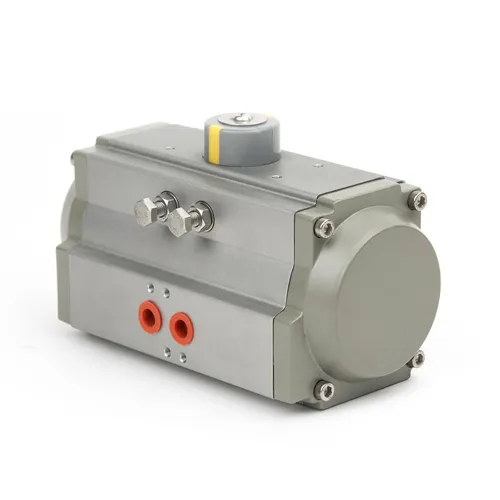Actuator
A Actuator is a motor that converts energy into torque which then moves or controls a mechnism or system into which it has been incorporate. Actuator requires a control signal and a source of energy. The control signal and relatively low energy and may be electric voltage or current, pneumatic pressure.
Pneumatic Actuator:- Pneumatic Actuator make use of Compressed air to produce mechnical energy.
There are two types of Acting In pneumatic Actuator:-
Double Acting:- Actuator have air supplied to both sides of the piston with one side at higher pressure, which achieves the Movement required to actuate the valve. This configuration uses pneumatic pressure to open & close the valve.
Single Acting (Spring - Return):- Spring return actuator have air or liquid supplied to only one side of the piston and the energy to move the mechnisms comes from a spring on the opposite side. The configuration uses pneumatic pressure of the air to open or close the valve and a spring affets the opposite motion


